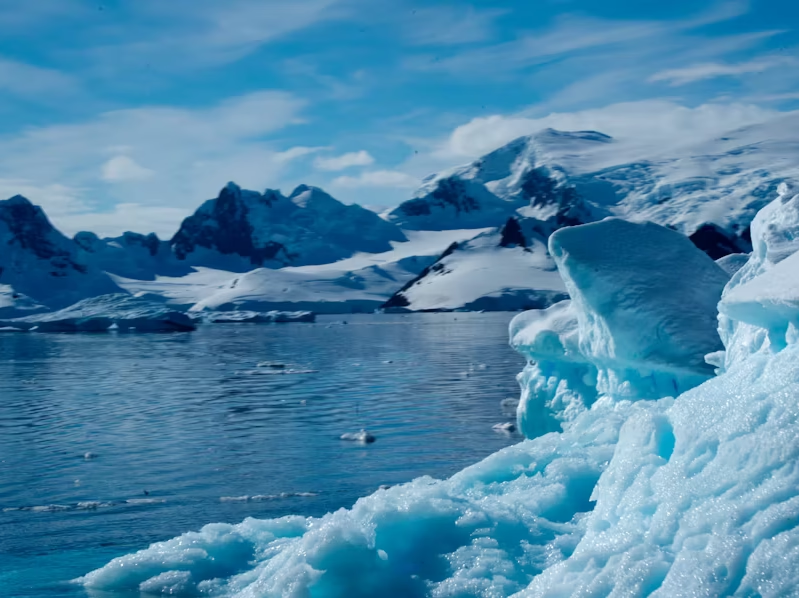6/27/25
“If we lose the Arctic, we lose the world,” and the current state of the Arctic calls for immediate attention. Sites studied by glaciologist John Moore in the 1980s are no longer suitable for research as they have melted due to global warming.
The Arctic has been the Earth’s “air conditioner” for millions of years, acting as a core contributor to cooling the planet’s solar reflectivity while also regulating jet streams and insulating the exchange of heat between the ocean and the atmosphere. Now, the Arctic is heating up four times faster than the global average. The abundance of ice that once existed in the region is diminishing. The Arctic’s ecological sensitivity has made it especially vulnerable to global warming.
The albedo effect refers to the amount of sunlight a surface reflects. Examples of surfaces with high albedo include ice and snow. Oceans and forests are characterized by lower albedo. As sea ice begins to melt, the ocean beneath it is revealed, and a region that once reflected the sun’s radiation is now absorbing it.
The permafrost found beneath the Arctic tundra stores massive amounts of ancient carbon dioxide. As the permafrost thaws, CO2 and methane are released into the atmosphere, adding to the existing extensive amount of man-made greenhouse gases responsible for global warming.
Jet streams are fast-moving winds located in the upper layer of the troposphere that steer weather patterns. The Arctic plays a crucial role in regulating the relative speed of jet streams. As temperatures in the region increase, unstable wind conditions arise. This instability fuels unpredictable weather patterns in other parts of the Earth, including natural disasters.
Moore’s research group at the University of the Arctic has identified 61 potential interventions to help reverse Arctic amplification. These methods are consistently being reviewed and revised by engineers and scientists. From artificial snow production and brightening Arctic clouds to placing objects such as mirrors in space to reduce the amount of sunlight reaching Earth, no idea is too ambitious to consider.
The Arctic Repair Conference 2025 took place from June 26 to 28 in Cambridge. The event was led in partnership with the University of the Arctic. The event was not only centered on the exploration and evaluation of techniques to mitigate the effects of global warming in the Arctic but also invited conversation about the political, ethical, and social implications that arise alongside them.
These conversations must progress in tandem with research, as most of the proposed methods involve “tampering with nature.” A clear split in opinion exists in this conversation. While geoengineering provides additional time to stabilize greenhouse gas emissions, the side effects of these techniques remain unknown, and further research is required. However, considering the current state of the Arctic, there may not be sufficient time to conduct the desired amount of research. At which point is it acceptable to pull the trigger and take a chance on the “most promising” technique to help mitigate the issue at hand? As time becomes increasingly limited, professionals are faced with a profound ethical dilemma that affects not only the future of the Arctic but also the life on Earth itself.

